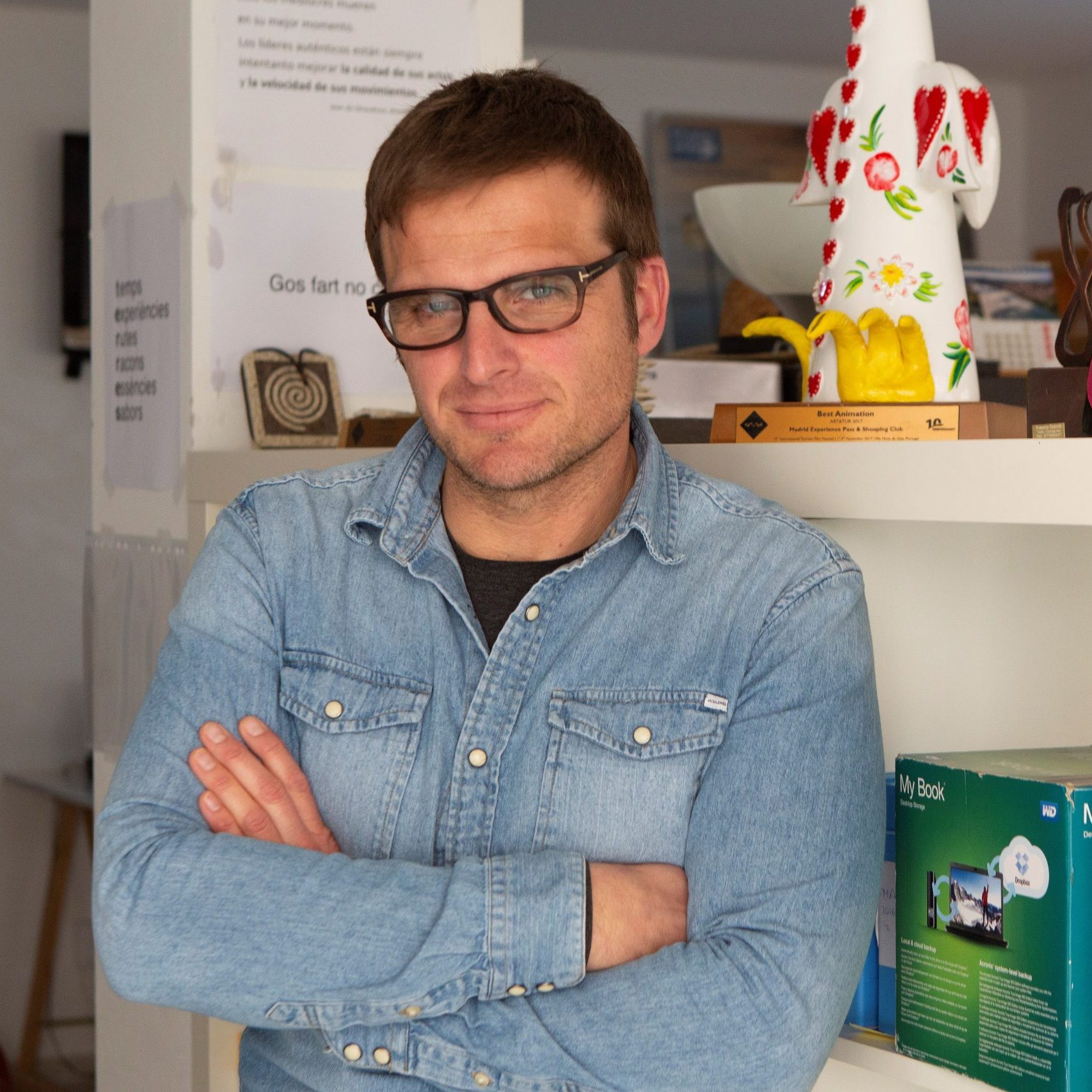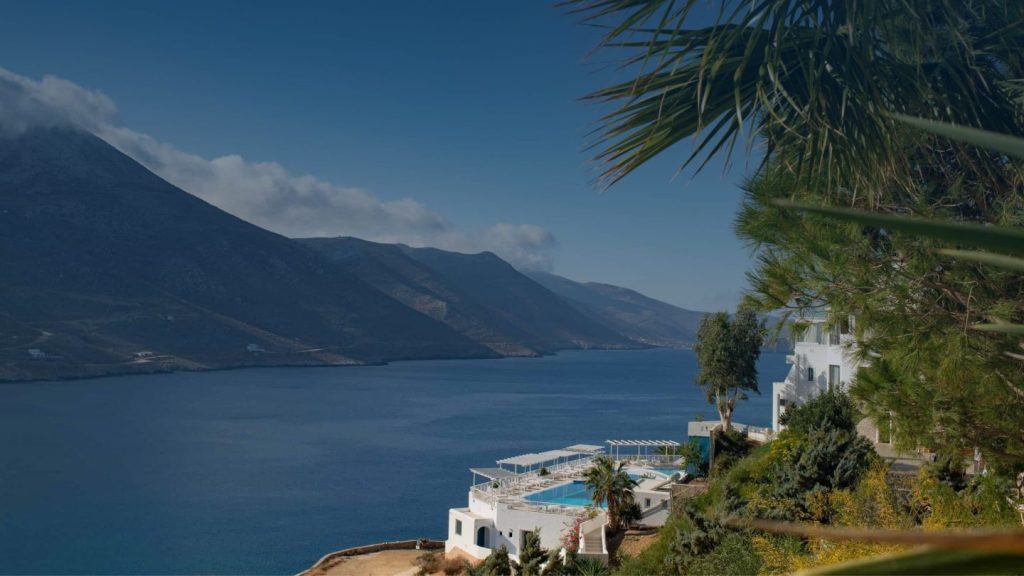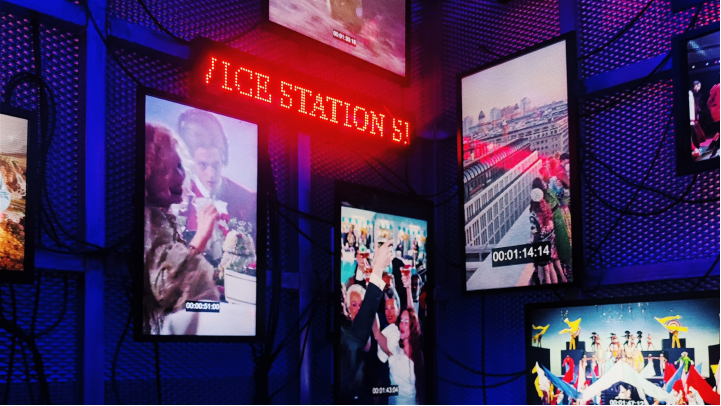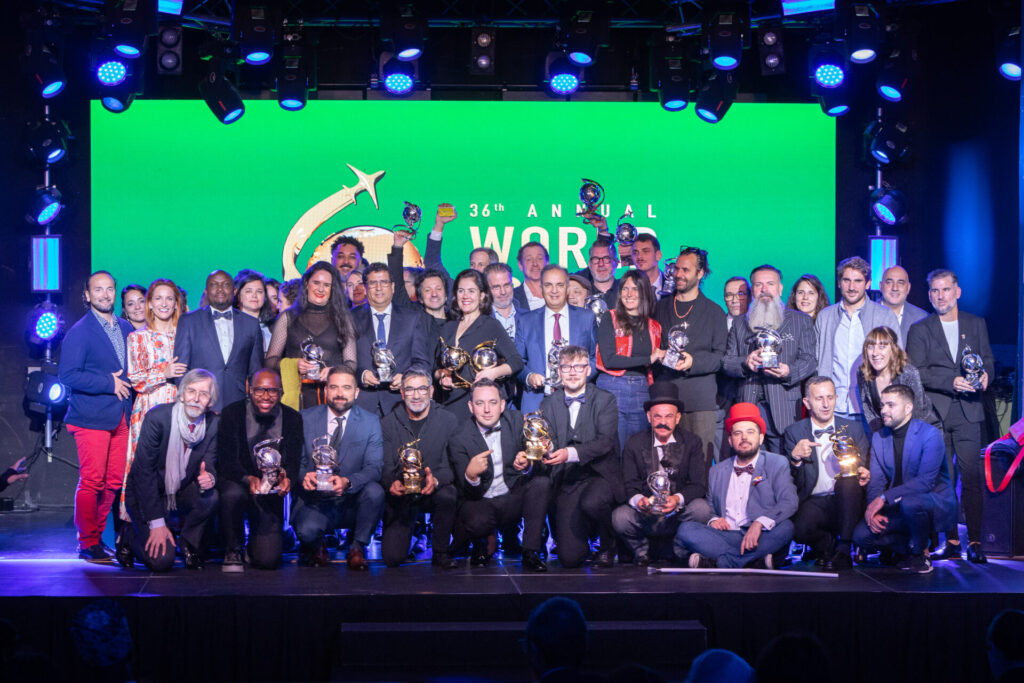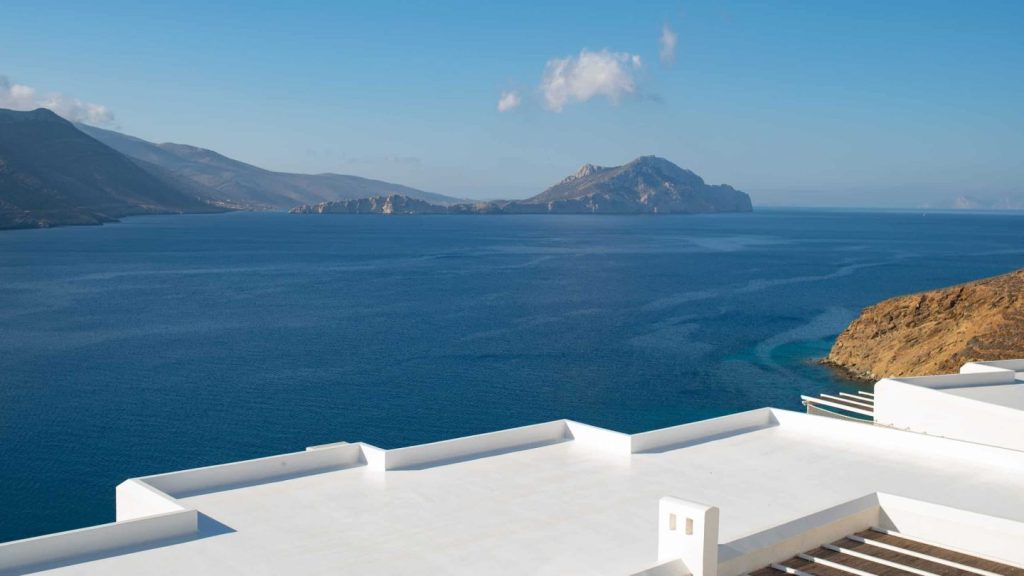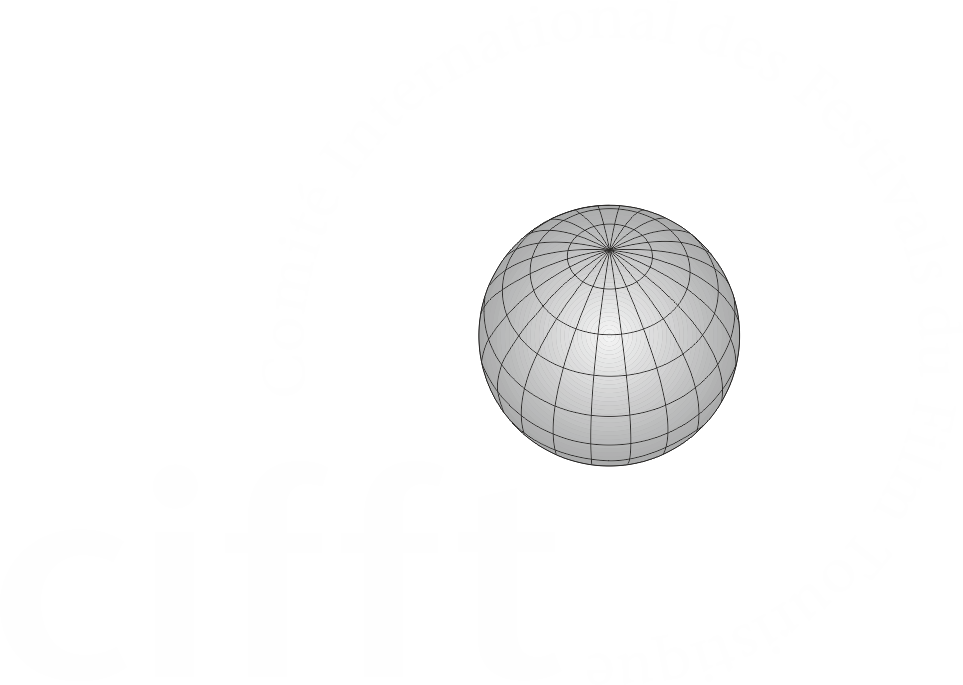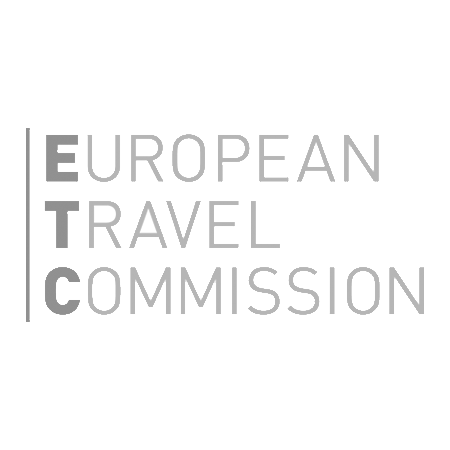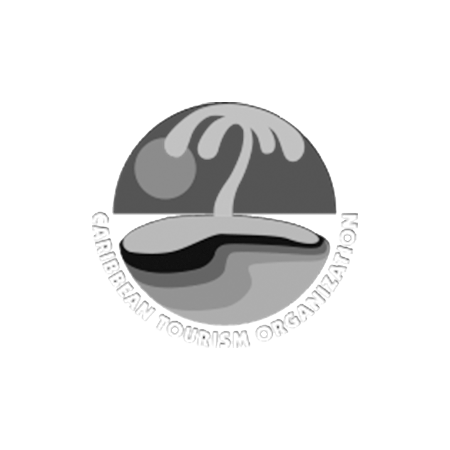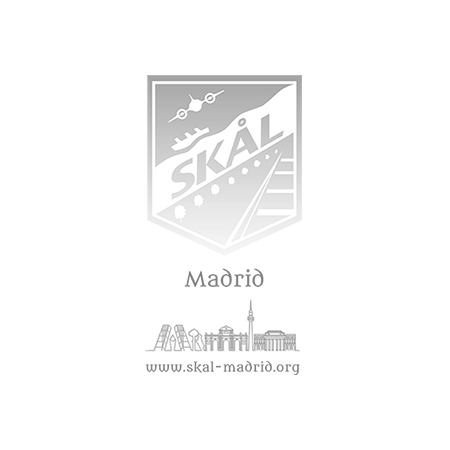Who is Santi Valldepérez?
Santi Valldepérez is Documentary filmmaker, Consultant and Producer.
He is Graduate in Audiovisual Communication from Pompeu Fabra University (Barcelona, Spain, 2001). Student of the Master's in Communication Management at the BSM-UPF (2018-2020). He is also European graduate in documentary production through the Eurodoc training program (2016).
He has played an important role in the execution of Terres Travel Festival - Films & Creativity (Spain), member of the International Committee of Tourism Film Festivals (CIFFT) since 2019.
Since October 2016, Santi Valldepérez leads the communication consultancy PVS Media, specializing in communicative support to tourism companies.
Consistency is the expression of authenticity. A person - and also a brand - plot their consistency in the sum of strategic decisions, not guided solely by short-term tactics.
Carolina Fontana spoke with Santi Valldepérez, Documentary filmmaker, Marketing Consultant, Film Producer and Director of the Terres Travel Festival - Films & Creativity.
In this interview conducted by Carolina Fontana, Santi Valldepérez will distill he’s article “Teamwork, intuition, daring and insights. The success of Brand Scotland and its message of love towards Europe” about the success of Brand Scotland's Marketing strategy.
CF: In your article you mention the importante of consistency for tourism brands. Why is it so important nowadays?
SV: In the words of Professor Xavier Marcet, “consistency has a lot to do with effort”, it is “the sum of results and adaptation”. Consistency is the expression of authenticity. A person - and also a brand - plot their consistency in the sum of strategic decisions, not guided solely by short-term tactics. No more secret. The concatenation of small strategic decisions shapes a widespread perception of consistency around that person or brand. Consistent national brands, therefore, are those that know how to combine a strategic vocation with a bold proactivity to detect opportunities. Sometimes the opportunities are opened from a complex reading of the socio-political context. The paradigmatic example is Iceland and the Inspired by Iceland campaign, launched in the wake of the Eyjafjallajökull volcano eruption in spring 2010.
"With less than 30 business days to create a great pan-European campaign, Brand Scotland's strategy was bold ... and it paid off."
CF: You also analyzes the Brand Scotland campaign “Scotland is Open”. why did you find this campaign relevant?
SV: You need to be brave to start your campaigns at the right moment. In 2010, Iceland showed daring. And he relied on the talent of professionals, who used humor as a universal element to connect with targets. You can see it in videos like “Ask Gudmundur” (2014), which humorously portrayed the supposed manner of Icelanders while showing some of the country's dazzling landscapes and had influenced other videos like the promotional spot for the Midgard Hotel (2018), a tourist attraction in southern Iceland.
As Inspired by Iceland showed, when the message is clear and involves the general public in defining the image of the territory, national brands have a great capacity for mobilization. Direct and honest communication helps make this possible.
In 2018, the Scottish Government, VisitScotland, Scottish Development International / Scottish Enterprise and the universities of Scotland combined significant proportions of their international marketing spend and resources to create Brand Scotland and support a marketing initiative called Scotland is Now.
Scotland presented itself as a "country of first choice" for living, working, studying, investing and visiting. Choosing a radius of action was based on the nation's recognized strengths, while highlighting Scotland's determination to lead the world over major challenges.
In early 2019, the main challenge facing Scotland was the uncertainty created by the Brexit. Scotland is Open was a dramatic and heartfelt message of love for Europe from the shores of Scotland, slated to launch on March 29, 2019 (the original "Brexit Day"). The slogan was direct and suggestive: "Europe, let's continue our love affair”. With less than 30 business days to create a great pan-European campaign, Brand Scotland's strategy was bold ... and it paid off. In just two weeks, the campaign generated an impressive 25 million video views, reaching nearly 40% of the citizens of Germany, France, Spain and Ireland (though only 10% of those territories is considered target). According to Brand Scotland, "most importantly, Europe's message of love from Scotland was enthusiastically corresponded and inspired 8.8 million campaign submissions, with more than 90% positive feelings towards it”. The campaign was colossal in scope: over 52 million video views (over 25 million of which were completed), and reached more than 80 million people around the world with the ad (in the two-week period).
CF: Why was that success possible, beyond taking advantage of “the momentum”?
SV: Scotland chose to seduce the European public with the most powerful insight, love. Faced with a sociopolitical phenomenon that set in the European audience the mental framework of a separation or divorce - the Brexit -, Scotland was not afraid to penetrate this mental framework and offer an alternative message. I think that with its strategic decisions, Brand Scotland has installed Scotland on the lovemarks bandwidth. The architect of this concept, Kevin Roberts, asked himself, "What makes brand loyalty go beyond reason?” and he found a memorable answer: "For big brands to survive, they need to build loyalty beyond reason. This is the only way they can differentiate from the millions of bland brands without a future. The secret is in the use of Mystery, Sensuality and intimacy”. And that’s exactly what Brand Scotland did.
"Creativity will be more needed than ever, but an empathetic and responsible creativity who will target a global user community who more or less has experienced the same trauma."
CF: Could the “Inspired by Iceland” or “Scotland is Open” campaigns be a possible model for the scenario for which the tourist companies will have to start walking after the coronavirus crisis?
SV: Undoubtly. UNTWO believes that by 2020, up to 30% of tourists will be lost globally in 2019, and that after the crisis, 5-7 years could be lost from the sustained growth that has kept the industry in the last decade. It is also clear that the wheel will be spinning again for inbound tourism. Recovery will be concentric. This is a paradigm shift. In my view, once the coronavirus crisis has passed, branding campaigns will be more needed than ever for the territories (cities, regions and countries). And those able to create more powerful insights and accumulate public and private efforts in a unique and remarkable message will be strengthened the most.
Creativity will be more needed than ever, but an empathetic and responsible creativity who will target a global user community who more or less has experienced the same trauma. Why I think “Inspired by Iceland” or “Scotland is Open” could be a model?
In the case of “Inspired by Iceland”, her manager, Inga Hlín Pálsdottir, lifted her in 10 days, right after the eruption of the Eyjafjallajökull volcano. The eruption resulted in the cancellation of many flights and reservations, and the Icelandic tourism industry, together with the institutions, had to react quickly to remedy the situation. It was the first time that many companies joined forces. The Inspired by Iceland campaign was a cause for pride for them. “The government had invested so much money that companies also decided to put in the same amount of money. They felt like this was their campaign”, explained Inga Hlín Pálsdóttir at that time.
As Brand Scotland recognized, the “Scotland is Open” campaign illustrates what is possible when separate organizations work together for a common goal and dare to move forward quickly and in coordination. The way is to move quickly and in coordination, all together -public and private agents-, leaded by empathy to impact emotionally the target audiences.


